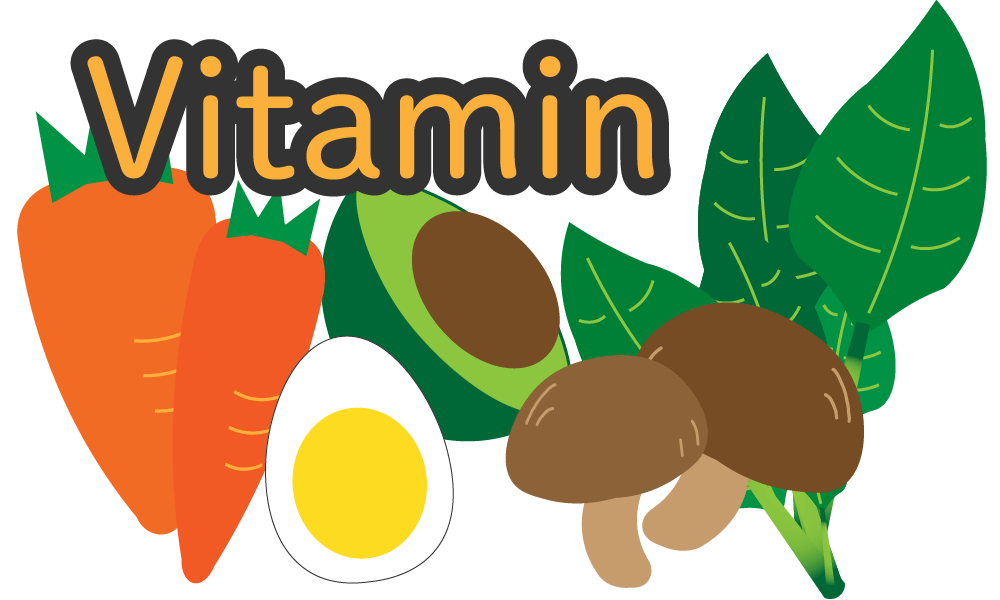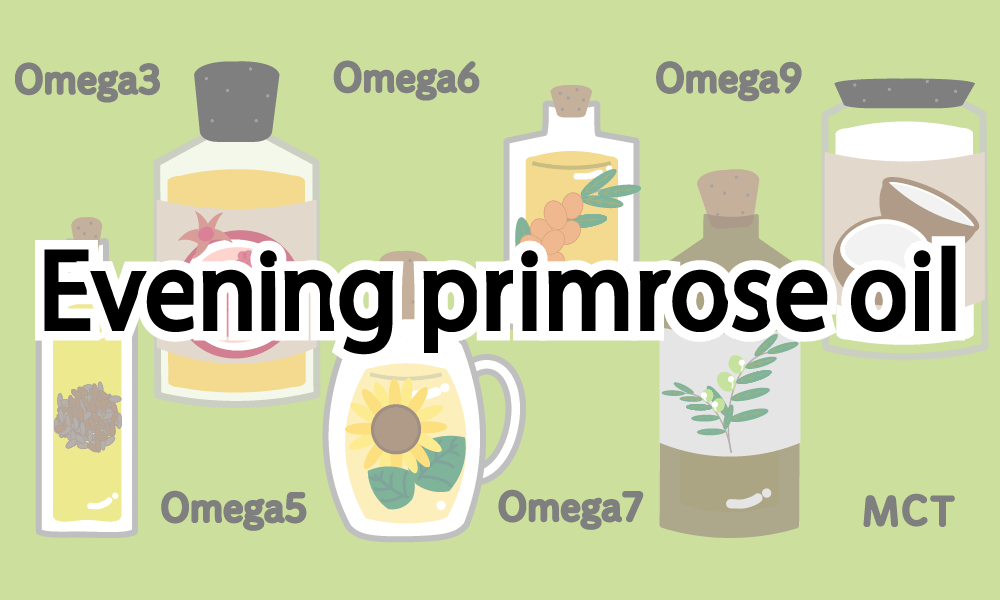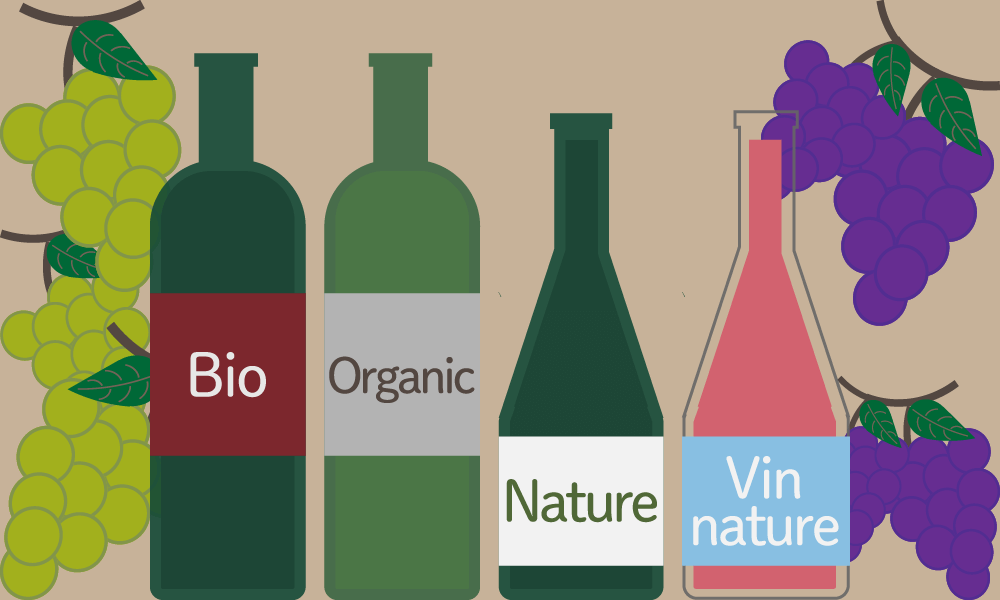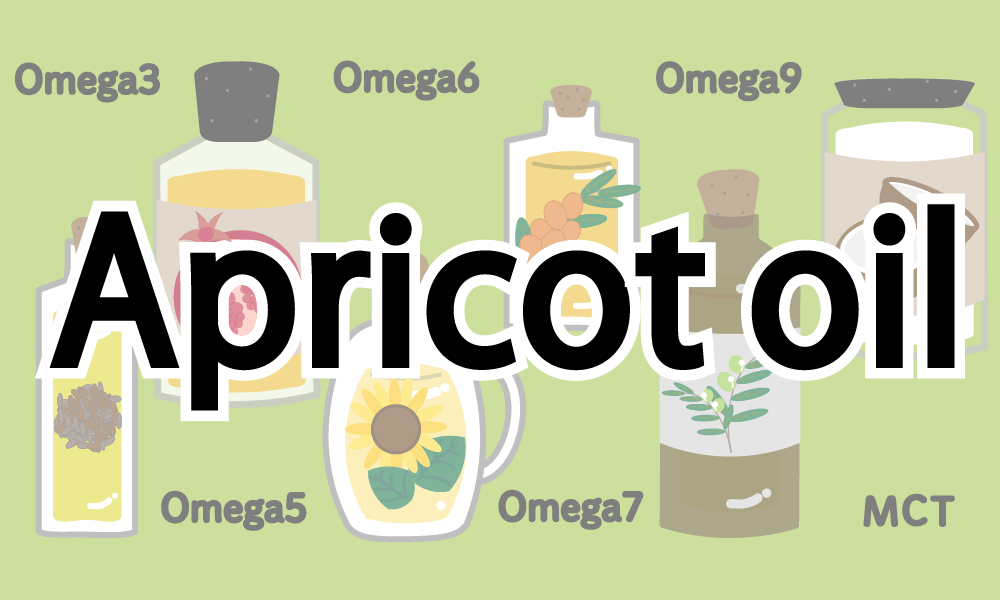【Healthy oil life】What is good quality oil?
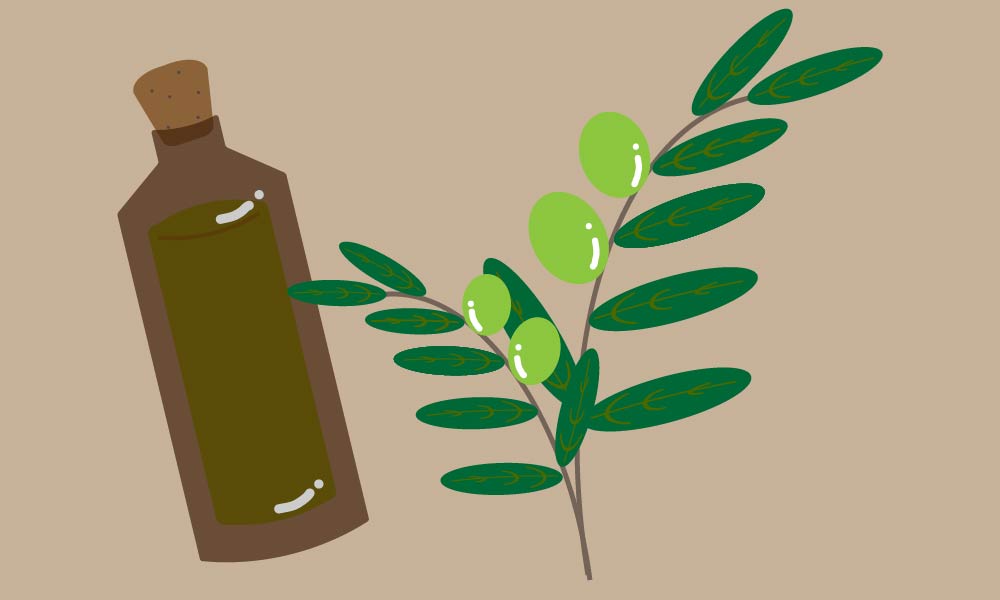
Healthy oil The first thing you need to do in your life is to choose oil that is good for your health (good quality oil). I'm going to introduce what a good quality oil is.
\\ This article is recommended as follows //
- Oil beginner
- Those who want to know how to identify good quality oils
- Those who are looking for an oil that suits them
Contents
1. What is Oil and Fats
First of all, the difference between "oil" and "fat" is that "oil" is a vegetable product that doesn't harden at room temperature. "Fat" is an animal product that hardens even at room temperature.
Some people may think of fats and oils as "fat" and "unhealthy", but fats and oils are indispensable for us. This is because the main components of the cells that make our body are fats and oils and proteins. This means that the quality of the cells in the body depends on the quality of the fats and oils we take into our body. Therefore, ingesting good oil (good quality oil) keeps the body healthy and improves the ability to protect the body from external factors. = It is indispensable for improving immunity.
2. Rules of Healthy oil life
①3 tbsp a day, 1-2 tsp omega 3 in them
The standard daily intake of oil is about 3 tablespoons of vegetable, animal, and processed foods together. Among them, take 1-2 teaspoons of omega-3 oil, which is high in α-linolenic acid.
There are some differences depending on age and gender, but adults can use this amount as a standard.
②Cooking methods suitable for each oil
When you think of oil, you may think that it is okay to heat them, such as deep-fried or frying, but in reality, the temperature that can be tolerated depends on the ratio of fatty acids (oleic acid, linoleic acid, α-linolenic acid, etc.).
For example, olive oil and rapeseed oil, which are rich in oleic acid, are heat-resistant and suitable for deep-fried foods and stir-fried foods. However, flax oil, which are rich in α-linolenic acid, are sensitive to heat, so they are suitable for dressing or sprinkling on food.
③Actively take good quality fats and oils
Not all oils are okey.
It is important to increase the amount of good quality oil and reduce the amount of poor quality oil.
3. What is good quality oil?
Good quality oil is
- The correct raw material.
- The manufacturing method is correct.
- The container and storage method are correct.
①The correct ingredients.
"The correct ingredients" means that the ingredients is not genetically modified, and is grown without using pesticides or chemical fertilizers as much as possible. So-called organic or natural cultivation.
Non-organic plants are grown in soil with fertilizers, exposed to large amounts of pesticides, herbicides, fungicides, etc., and also use chemicals such as methyl bromide and ethylene oxide when harvested. These chemicals are known to have adverse health effects, such as remaining after harvesting and becoming carcinogens when they enter the body.
Also, ingredients cultivated using pesticides and chemical fertilizers have weak power. In the extreme, it is a plant that cannot grow up unless it is protected from pests and other weeds by the power of pesticides and is forcibly nourished with chemical fertilizers. It also reduces nutrients, aroma and taste. This applies not only to oil ingredients, but to all vegetables, fruits and livestock products.
②The methods for producing is correct.
Generally, there are two methods for producing oil: squeezing method and extraction method.
The extraction method uses a solvent called hexane (derived from petroleum), dissolves the oil in the solution, and uses a distillation device to extract the oil.
This method is used for low oil ingredients and ingredients after squeezing. This method can extract the oil completely from the ingredients, but it cannot be used as it is because hexane remains, the color is black, and it smells.
Therefore, impurities are removed with a centrifuge, deodorized, decolorized, bleached, and then filtered in a high-temperature vacuum. However, due to the high temperature treatment in the process of deodorization, a small amount of trans fatty acids are generated. Then colored, preservatives, defoamers, etc. are added to make the oil, which is almost tasteless and odorless and has no nutrients, look delicious in these processes. The result is an additive-covered, harmful oil that leaves little nutrients and flavor. (Of course, this is not stated on the label.)
On the other hand, the squeezing method is a method of slowly squeezing the oil by applying pressure.
Among them, the cold pressing method extracts by applying pressure at a low temperature, so there is no concern about the destruction of nutrients and residual chemicals due to chemical solvents, and there are fewer processing steps than extraction, so it is recommended because nutritional, aroma and flavor are great.
In addition, fruit oils such as olive oil and avocado oil should have the shortest possible time from harvest to oil extraction, so it is better for the producer and processor (oil extraction company) to be the same.
③The container and storage method are correct.
There are glass bottles, cans, plastics, etc. in the oil containers in the store, but be sure to choose glass bottles, especially colored shading bottles.
The reason is that unsaturated fatty acids, so-called oils that are liquid at room temperature, are sensitive to heat, light, and air, and are easily oxidized.
Therefore, it is desirable to put it in a light-shielding container first.
Next, it is said that the touched parts of metals such as cans are easily oxidized, and containers such as plastics and PET bottles allow a small amount of air to pass through, leading to oxidation. In addition, plastic and PET bottle containers themselves are sensitive to heat, and if they are kept in the sun or stored in a place with a high room temperature, the container will dissolve in oil and enter our body.
As a side note, I don't recommend PET bottled beverages because the water in the PET bottles sometimes smells like plastic because the container is melted. A study in the United States found that about 80% of PET bottled beverages contained a small amount of PET bottle ingredients, and it is said that people eat more than one credit card's worth of plastic each year.
And one more thing, I recommend glass bottles because the most recyclable and environmentally friendly of these containers are glass bottles.
As I said earlier, oil is vulnerable to heat, light and oxidation. Therefore, the temperature during transportation from the manufacturing site, the storage method at the store, and the display method are also important. Even if it is in a light-shielding bottle, the quality of the oil will deteriorate if the temperature during transportation is very high or if the storage location is exposed to direct sunlight.
This kind of information is difficult to know unless you actually ask at the store, but if you purchase at a natural food store or an oil specialty store, please try to ask the store.
By the way, it is a way to store at home, please store flax oil containing a lot of α-linolenic acid in the refrigerator. On the other hand, olive oil and rapeseed oil, which contain a large amount of oleic acid, and rice oil, which contains a large amount of linoleic acid, deteriorate due to temperature changes and moisture attached to the bottle when stored in a refrigerator. So it is good to store it in a dark place at room temperature, such as under a sink.
Also, please use up the opened oil in about a month! (Especially oils that are easily oxidized should be used as soon as possible!)
Summary
Choosing a good quality oil that meets these 3 points is very expensive because it cannot be mass-produced. However, oil is indispensable for the structure of the human body, and it is worth it to take good quality oil into our body. Let's do Healthy oil life with 3 tablespoons of good quality oil a day!!
This article describes dangerous trans fatty acids!
Please see if you are interested ^ ^
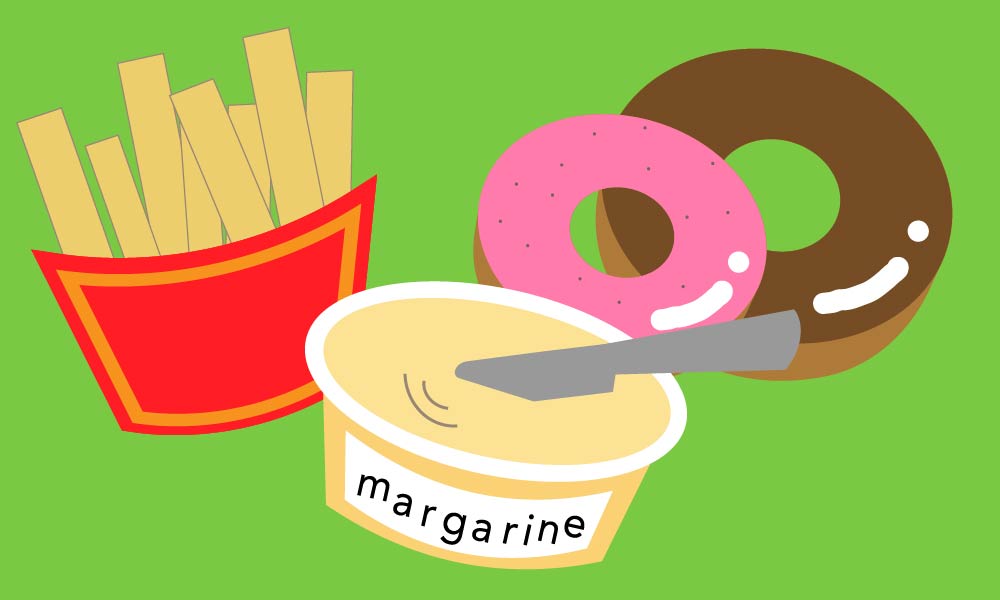
What is 【trans fats】? Why trans fats are dangerous ?
Read more

